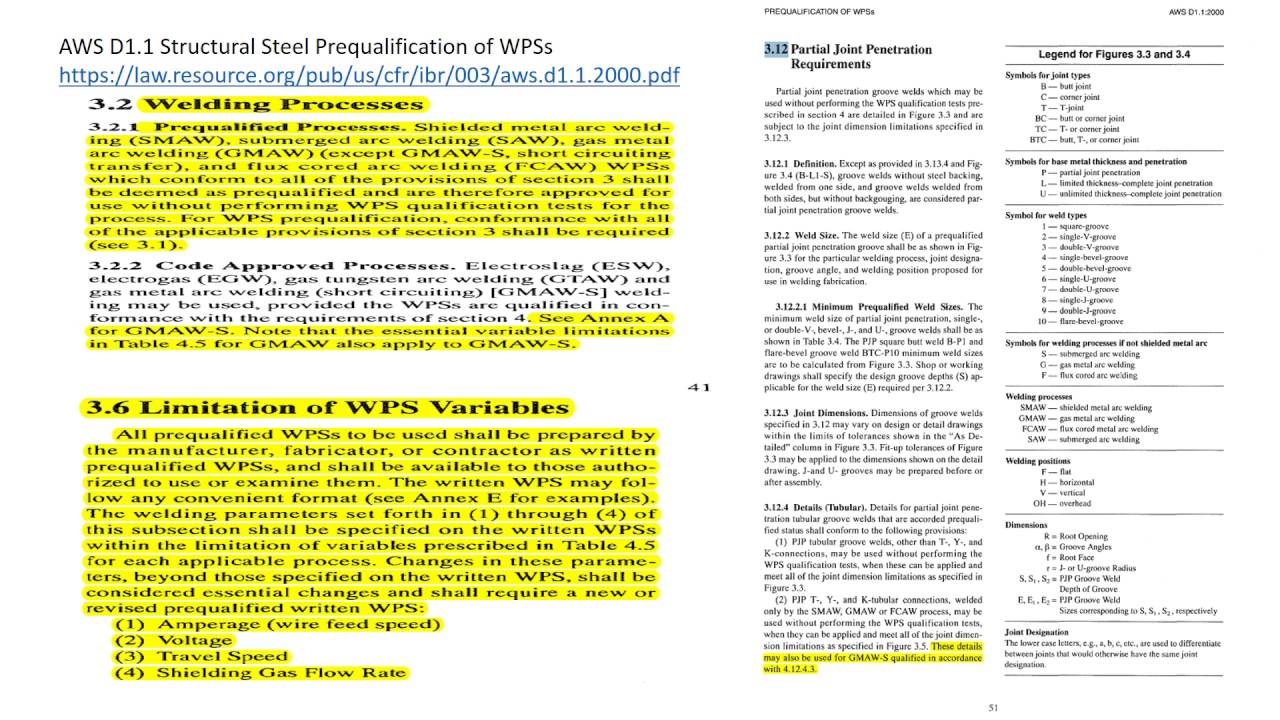

Abstract This code covers the welding requirements for any type of welded structure made from the commonly used carbon and low-alloy constructional steels.Ĭlauses 1 through 8 constitute a body of rules for the regulation of welding in steel construction.

Technical committees review codes on a regular basis. Having what is needed to make the decision at the job site is as close as my car keys. Today all my most referenced codes and standards are stored on a memory stick. Having the correct revision is critical to ensuring you’ve made the right call. Those were the days … ) I’ve been able to build that library by asking those I contract with to supply me with a nonpirated copy of the referenced code. up, in 24-degree temperatures in the rain.

Some are the latest revision, others are old, well-used, and being held for sentimental reasons (Sigh: Remember that Beloit project? Shimmyin’ along 20-in. I just did a quick scan of my codes and standards library and count 60+ documents. If you are developing new weld procedures or qualifying welders, doing so required you to use the latest revision. All of your answers need to come out of this code.

Somewhere in the contract documents, often right on the design prints, the code of record is mentioned. If you’re making welding decisions for someone under a contract, most likely you will need to upgrade. Once there, I’ll back up what I’ve found with the current revision. I use a 2004 edition often for reference because it’s a searchable PDF. If you’re using your D1.1-06 as a reference, that should be fine. It states, “The use of earlier editions shall be prohibited for new qualifications … ”Ī lot of us have old versions of welding references that we use from time to time to answer welding questions. Q: I currently use the AWS D1.1-2006 edition and was wondering if I should get the 2010 edition.Ī: Take a look at Section 4.2.1 of your D1.1-06 edition, referred to as “Clause” in later editions.


 0 kommentar(er)
0 kommentar(er)
